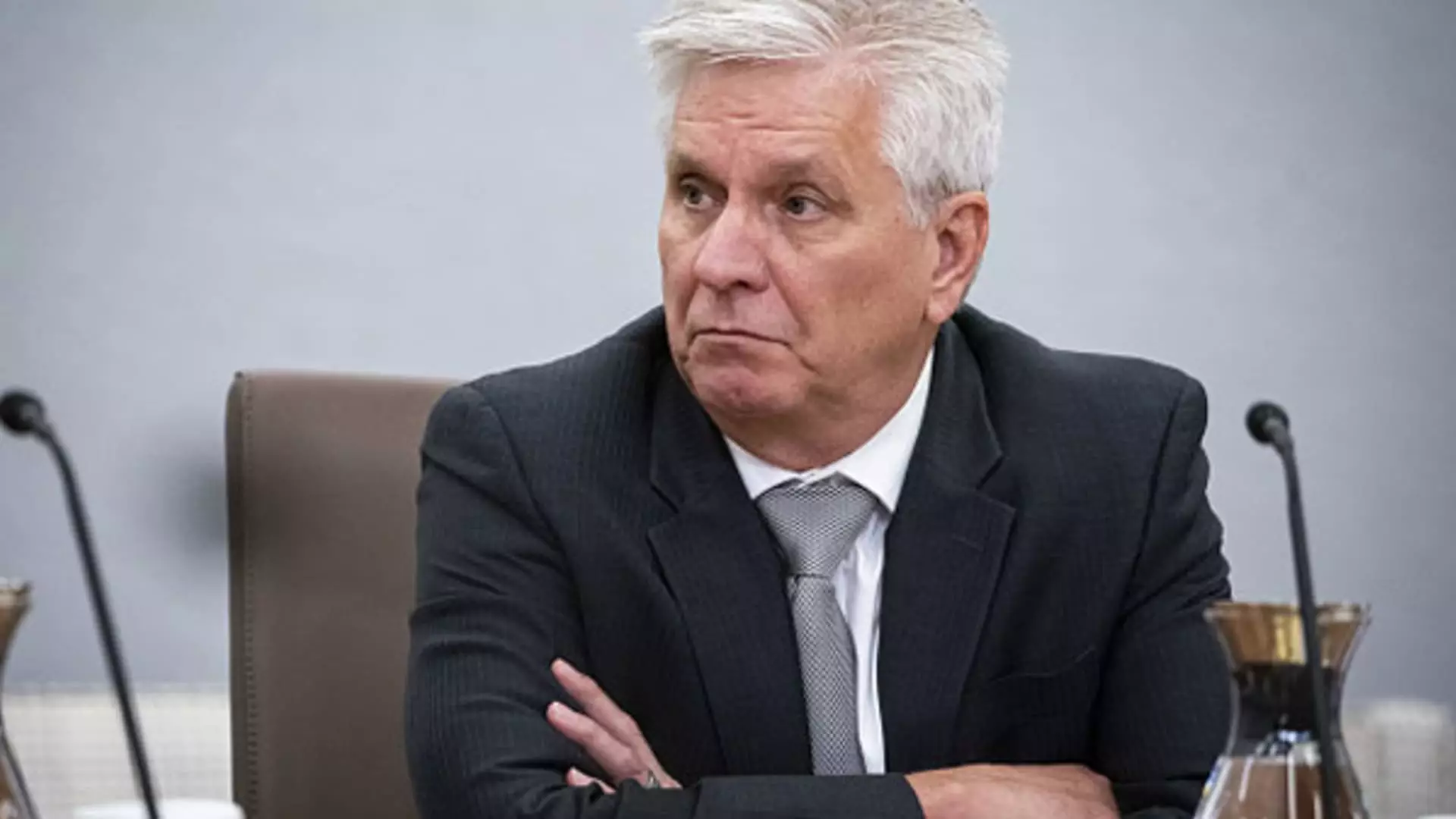Federal Reserve Governor Christopher Waller recently spoke about the current state of the economy, particularly focusing on inflation. Waller mentioned that there is evidence to suggest that inflation is not accelerating, which could potentially mean that further interest rate hikes may not be necessary. However, he also stated that he would need more convincing before supporting any rate cuts in the near future.
Waller pointed to various data points such as flattening retail sales and a cooling in both the manufacturing and services sectors to support his stance. He also highlighted the fact that the higher rates set by the Fed have helped ease some of the demand that was contributing to high inflation rates. Despite solid payroll gains, Waller noted that certain internal metrics, like the rate at which workers are leaving their jobs, indicate a loosening in the labor market.
While Waller is not ruling out interest rate cuts entirely, he mentioned that he would need to see several more months of good inflation data before feeling comfortable supporting a change in monetary policy. He emphasized the importance of a significant weakening in the labor market as a key factor in his decision-making process.
Market expectations for monetary policy have shifted throughout the year. Initially, there were expectations for multiple rate cuts, but higher-than-expected inflation data has changed that outlook. Currently, the first rate cut is not expected until September at the earliest, with only two reductions of a quarter percentage point expected by the end of the year.
Waller’s analysis of the economic situation and his stance on interest rates indicate a cautious approach to monetary policy. While he acknowledges the potential for easing in the future, he is prioritizing the need for more concrete evidence of moderating inflation before making any significant changes. The market will continue to monitor inflation data and economic indicators closely to anticipate any shifts in the Fed’s policy.


Leave a Reply